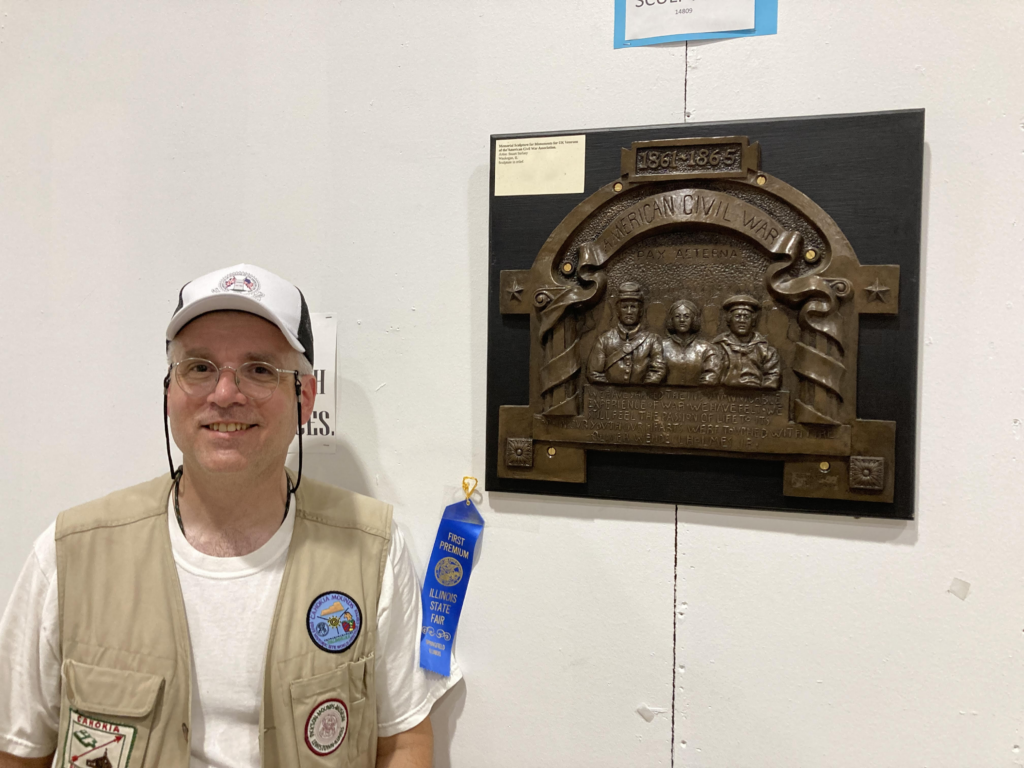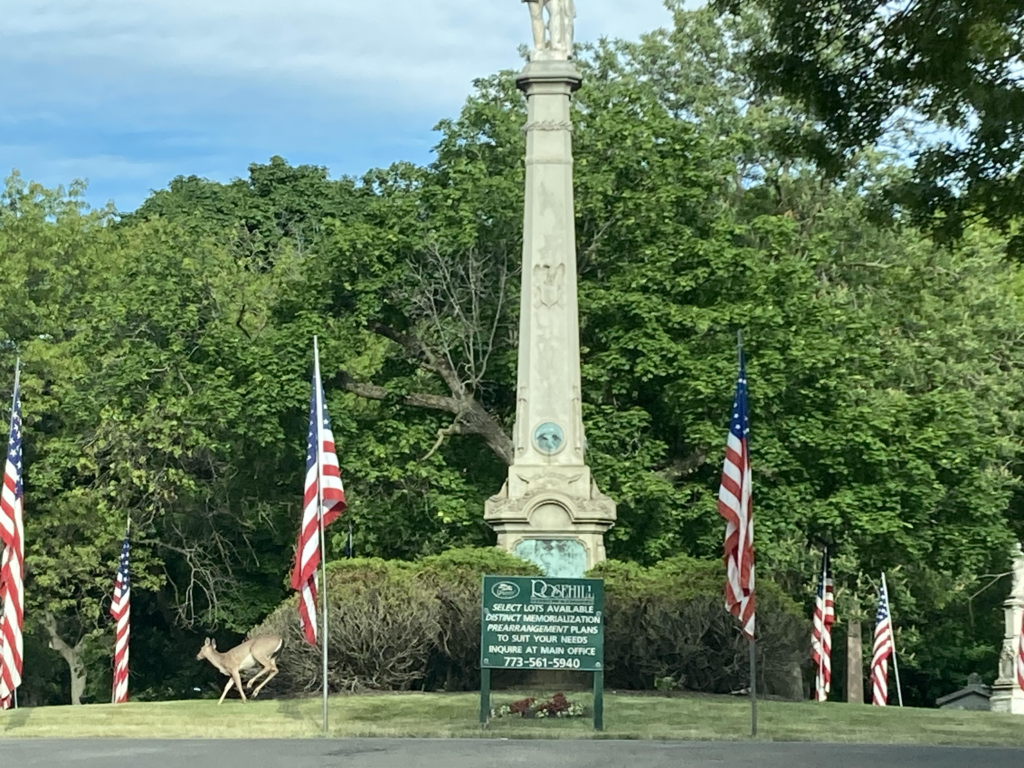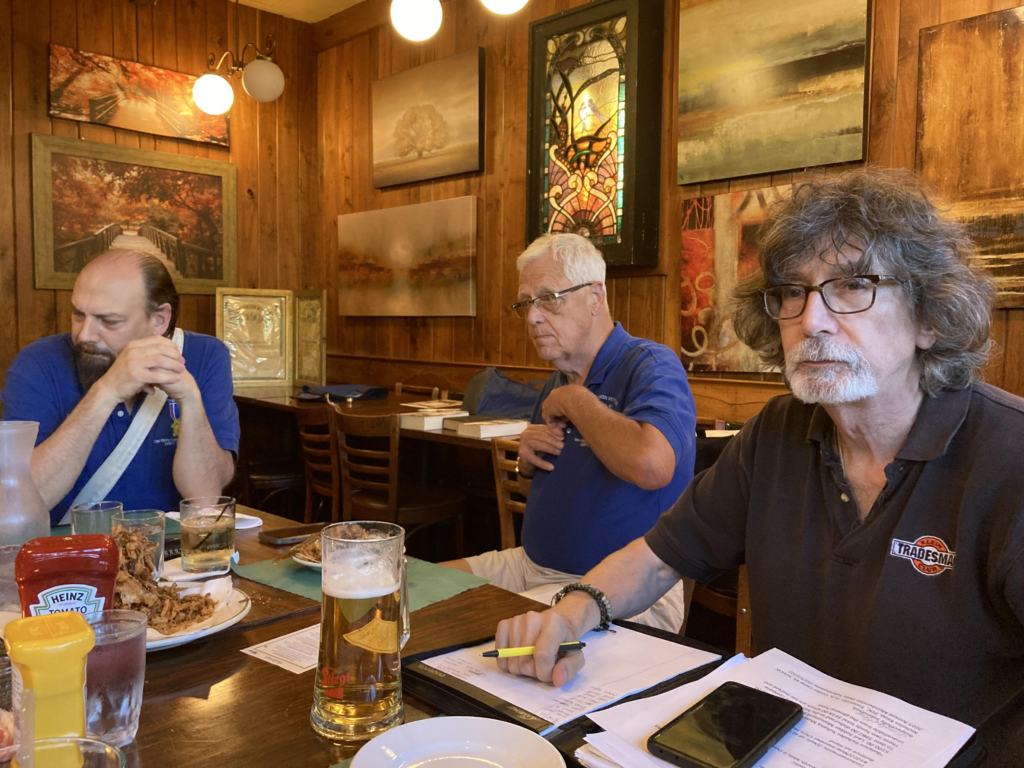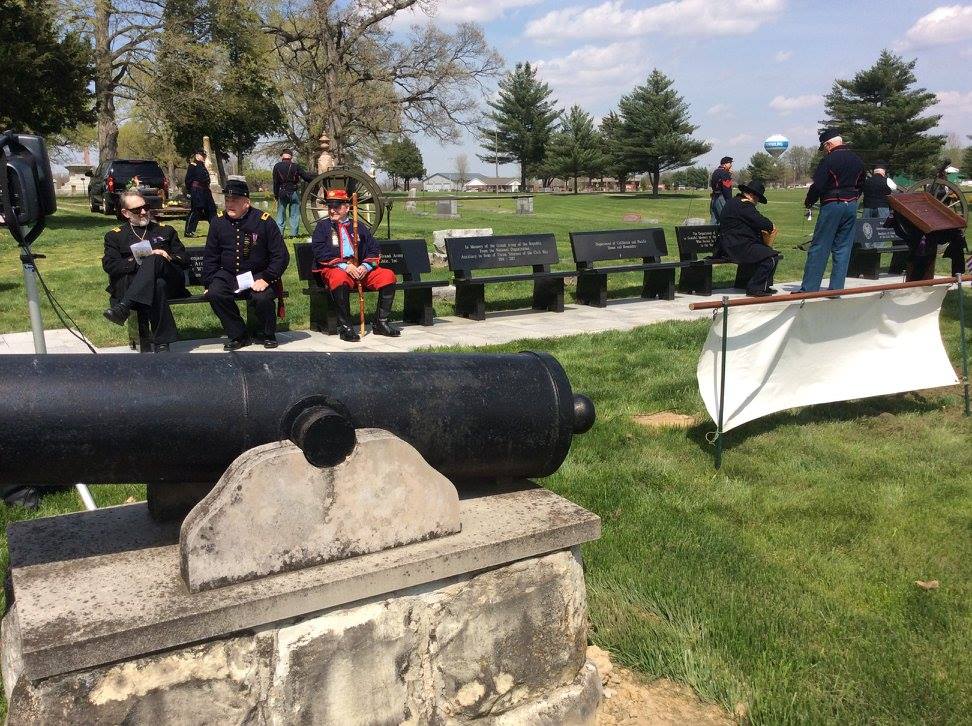Preserve The History and Legacy of Our Union Heroes
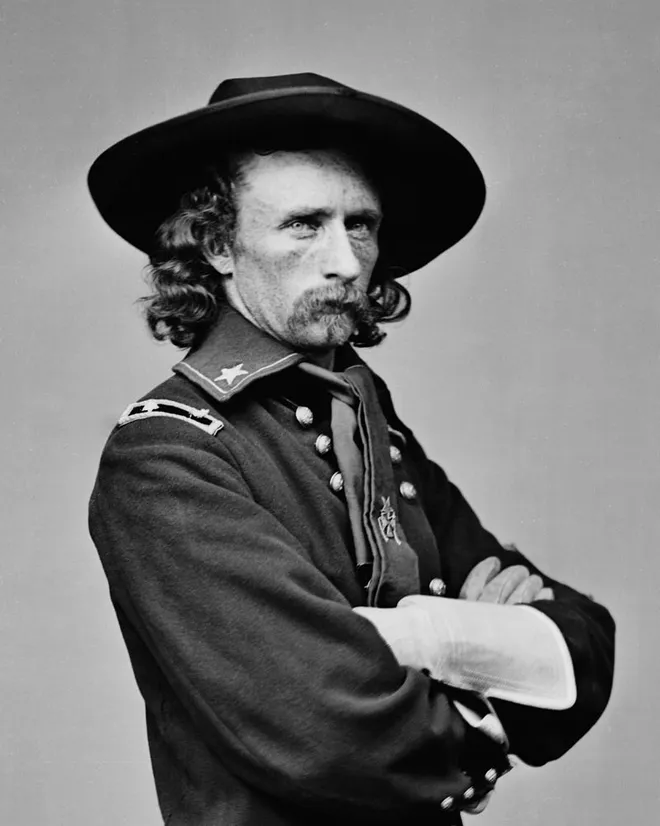
Who Was General George A. Custer?
Camp Commander: Stuart Stefany
Secretary: Donald W Sherman, Jr.
Meeting Time/days:
6:30 pm
3rd Saturday in January
4th Monday of March, July, September and November.
3rd Monday in May

Sons of Union Veterans of The Civil War
The Sons of Union Veterans of the Civil War (SUVCW) is a fraternal organization dedicated to preserving the history and legacy of veteran heroes who fought and worked to save the Union in the American Civil War. Organized in 1881 and chartered by Congress in 1954, SUVCW is the legal heir and successor to the Grand Army of the Republic.
In 1866, Union Veterans of the Civil War organized into the Grand Army of the Republic (GAR) and became a social and political force that would control the destiny of the nation for more than six decades. Membership in the veterans’ organization was restricted to individuals who had served in the Army, Navy, Marine Corps, or Revenue Cutter Service during the Civil War, thereby limiting the life span of the GAR. The GAR existed until 1956.
In 1881 the GAR formed the Sons of Veterans of the United States of America (SV) to carry on its traditions and memory long after the GAR had ceased to exist. Membership was open to any man who could prove ancestry to a member of the GAR or to a veteran eligible for membership in the GAR. In later years, men who did not have the ancestry to qualify for hereditary membership, but who demonstrated a genuine interest in the Civil War and could subscribe to the purpose and objectives of the SUVCW, were admitted as Associates. This practice continues today.
Many GAR Posts sponsored Camps of the SV. In 1925 the SV name was changed to Sons of Union Veterans of the Civil War (SUVCW), under which its federal charter was issued in 1954. The SUVCW is legally recognized as the heir to, and representative of, the GAR.
